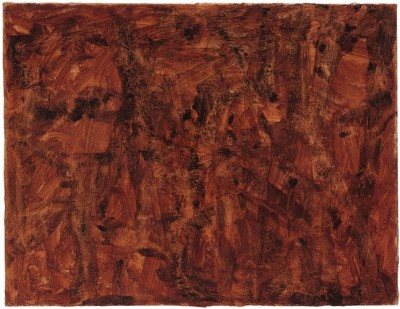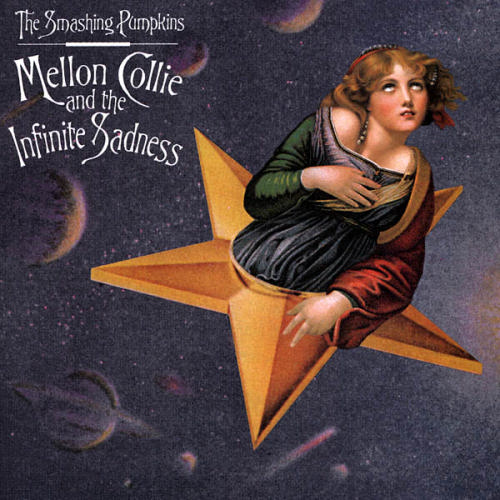
Why make a painting showing the viewer where to go? I’m interested in making art that offers a space in which to roam around, a space to get lost, an uncharted space where time can be wasted, said the visiting artist Cora Cohen in her presentation at SAIC on November 4th. Cohen explained to her audience her interest in creating “art in which two opposing forces or several contradictory ways of thinking can coexist.”
Exhibited in important venues all around the world, from Yale University and MOMA in New York city, to the Swedish State Art Council, “contradictions and paradoxes” is comprised of all of her abstract work. She explained to SAIC students that it is visual questioning and reordering that brings her work to life, as well as theory and thought, like that of the French literary theorist Roland Barthes, an influence she brought up on several occasions during her lecture. As influential artists for her work, and even “heroes”, she cited Francis Bacon and Kazimir Malevich as they “do not hover over the underside of life.” According to Cohen, these are artists who do not avoid difficult things to wrap their minds around.
“I’m against art that tries to control how the viewer sees the work, where the artist lays down laws about what art should be, thereby limiting the participation and autonomy of the viewer,” said the artist as she explained her interest in challenging everyone who looks at her pieces.
In his essay “S/Z”, Barthes made a distinction between two types of texts, “readerly” and “writerly”. Readerly texts never disturb common sense, and thus require no thoughtful participation from the reader: meaning is ready-made. Writerly texts, on the other hand, make the readers active participants of the work. Looking at Cohen’s art in this context, her work can be found sitting firmly in the writerly camp, as she encourages the viewers, the readers, to gather their own interpretations.
“I investigate abstractions in ways that are based in and also depart from modernist tenants. Art can be about—and is about, at its best—propositions, and modernism has the possibility to be about beginnings and not endings,” said Cohen to the audience, who all the while remained responsive and inquisitive as to the philosophy and process behind her work.







